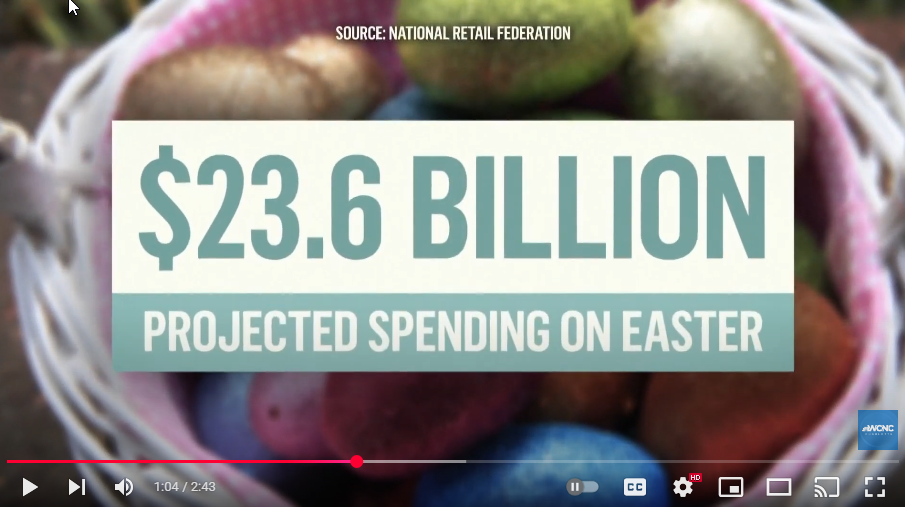The cost of Easter traditions is climbing sharply this year as egg prices soar to a record high, leaving many families scrambling for creative alternatives. According to the latest consumer data, the average price of a dozen eggs has surged to $6.23, marking an all-time high just days before the holiday. The price spike, coupled with soaring cocoa costs, is pushing Easter celebrations into more expensive territory and forcing budget-conscious shoppers to rethink how they observe the springtime occasion.
NBC’s Stephanie Gosk reports that this year’s price jump reflects broader inflationary pressures that have been building in the agricultural sector. A combination of high feed costs, labor shortages, and lingering effects from the avian flu outbreak that wiped out millions of laying hens in 2023 are contributing to a limited supply and increased market volatility. Retailers and grocery chains have been slow to bring prices down, even as production levels begin to normalize.
Economists caution that prices may continue to climb into late spring, with the Easter holiday intensifying demand and straining already fragile supply chains. Trae Bodge, a retail analyst and founder of a smart shopping website, says that egg prices hit their peak last month and retailers have been slow to roll back pricing, even as inflation eases in other sectors.
In response, many Americans are finding inventive and cost-effective ways to celebrate Easter without shelling out for eggs. Sales of dyeable craft eggs — plastic or ceramic alternatives — are booming. One popular option is a reusable egg set sold at craft chain Michaels for $2.49, which is proving especially attractive for families with children. Other consumers are turning to unconventional items such as marshmallows or even potatoes for their egg-coloring traditions, embracing the spirit of DIY celebration while managing their household budgets.
Beyond eggs, chocolate prices are also rising steeply, fueled by record-breaking cocoa costs due to climate-related crop disruptions in West Africa. The price of cocoa has nearly doubled since the beginning of the year, impacting everything from chocolate bunnies to filled candy eggs. As a result, Easter baskets are expected to be lighter and more expensive in 2025.
The sticker shock is adding to broader concerns about persistent inflation, especially in staple goods. While the Federal Reserve has noted overall inflation cooling in recent months, food prices — particularly in protein categories like eggs and poultry — remain stubbornly high. This has led to mounting frustration among consumers who feel the pinch at the checkout line.
Despite the economic pressures, Easter remains one of the most widely celebrated holidays in the U.S., with families finding ways to uphold traditions while adjusting to changing financial realities. Whether through alternative crafts, shared meals, or smaller-scale celebrations, Americans are adapting in creative ways to maintain the joy of the season without breaking the bank.



